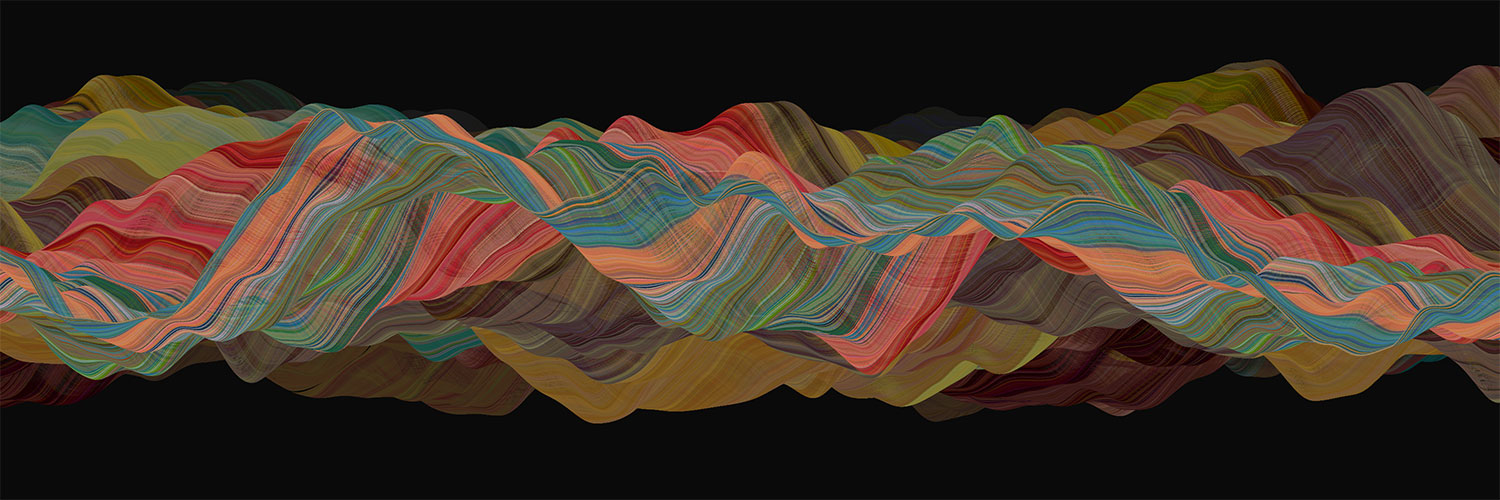
Virginia Tech junior Sarah Hammer. Photo by Mai Khanh Nguyen.
Vantage points
by Richard Lovegrove and Leslie McCrea
Leonardo da Vinci was a mathematician. Pablo Picasso and Salvador Dali studied fourth-dimensional geometry. So Sarah Hammer, a junior at Virginia Tech, doesn't see why anybody would find it remarkable that she's double-majoring in studio art and mathematics or that she called on her artistic talents to enhance her undergraduate neurobiology research, which led to first-author credit on a published paper.
"I think the mindset that people can't be both left- and right-brained thinkers is a really big misconception," Hammer said. "Being an artist shouldn't imply a lack of skill or interest in mathematics and vice versa. I think artists can learn a lot from mathematics."
Hammer came to Tech as a university studies major, but quickly fell in love with her fundamental art classes. She was accepted into the art program after a portfolio review. "I really wanted to be in studio art because they have a specific focus called creative technologies," she said. One year later, Hammer added math to the mix.

In a piece she described as fractal art, Hammer used repetitive shapes
to link her love for math with lessons from art class about color and composition.
Even before arriving at Tech, Hammer combined the two. During her senior year at the Roanoke Valley Governor's School, she had the opportunity to spend one month on a research project of her choice. Michael Fox, an associate professor at the Virginia Tech Carilion Research Institute, told her about a project involving brain imaging and 3-D reconstructions. She went to work, and Fox became her mentor through high school and into college.
Fox and his team used two different techniques to examine and illustrate how retinal ganglion cells—neurons that live in the retina and transmit information to the brain's visual centers—develop in a mouse model. In one of those techniques, Hammer traced individual retinal terminals, which had been tagged with proteins that fluoresce different colors, through each of hundreds of serial images captured by an electron microscope. The results, which were published in the journal Cell Reports, challenged accepted theories about intricacies of the brain's visual circuitry.
"She had to learn how to read all of those images, which is really difficult; it is a skill that takes years and years to teach graduate students," Fox said. "Whether she ends up in science or in math or in art, she … has the potential to change any one of those fields because of her different perspectives. That's why Virginia Tech develops these innovative interdisciplinary programs: to help students excel."
"It was fun to create something that had scientific meaning, but also had to look good in order to convey all the concepts behind it," said Hammer, who is an ambassador for the School of Visual Arts and eventually wants to earn a doctorate. "That's what creating art is, finding a balance between meaning and aesthetic. It's about communicating an idea."
Leslie McCrea is a senior majoring in multimedia journalism.

Artwork by Sarah Hammer